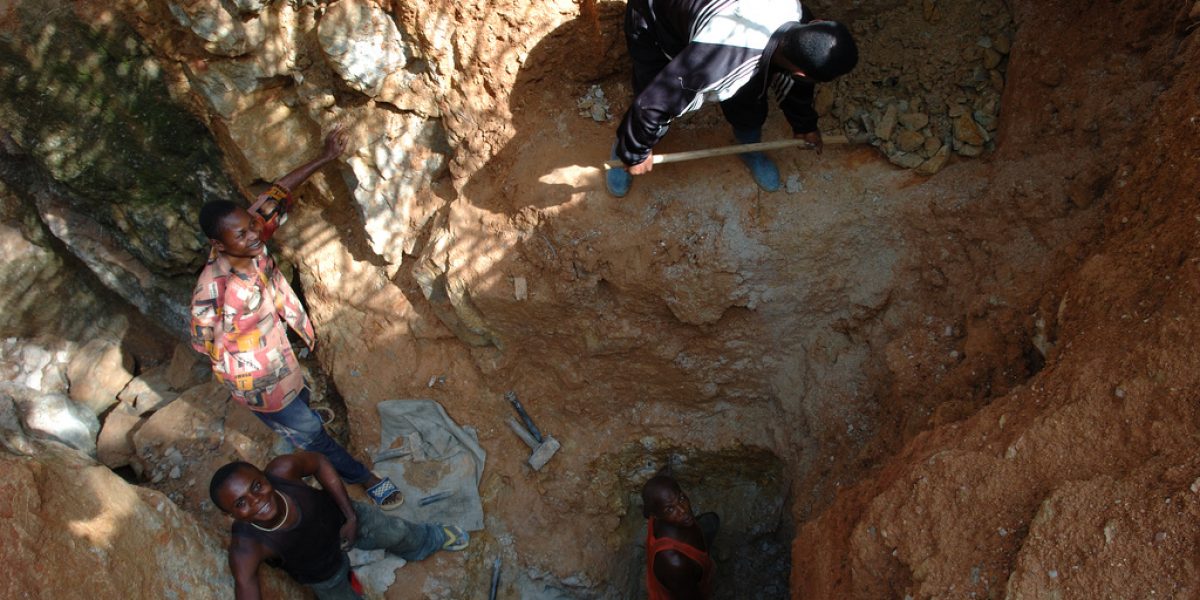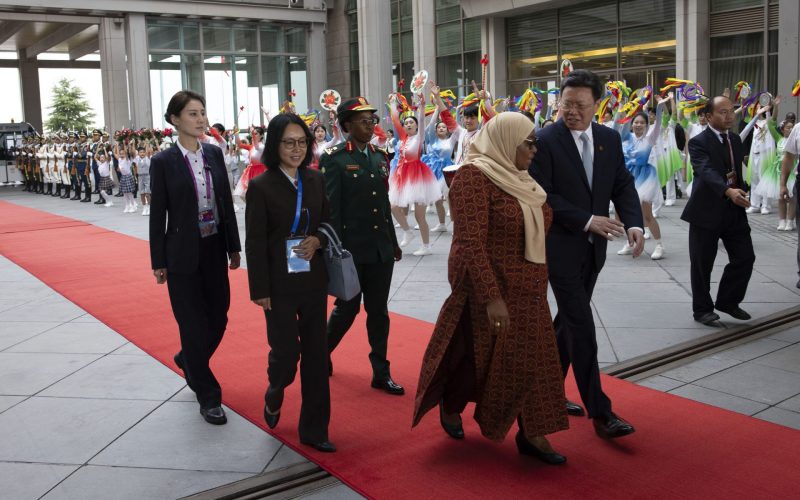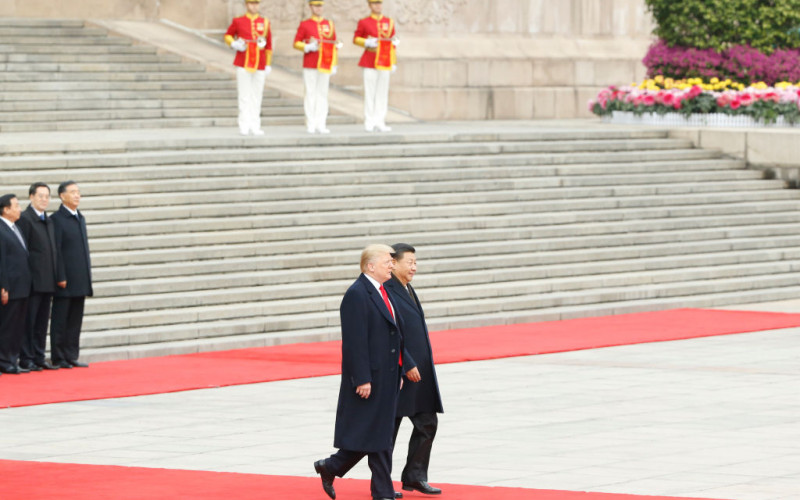This is re-configuring state–firm relations in Africa’s resource-rich countries. However, Chinese and Western investors have different approaches to regulatory practices and operating standards. In the case of Zambia, this threatens to undermine policy effectiveness of a fragile regulatory framework that is heavily reliant on self-reporting, consultations and consensus among the mining companies.
The government must recognise that Zambia’s regulatory policy has failed to keep pace with the changing needs of its expanding mining sector. Regulators must be empowered to implement (possibly unpopular) regulatory reforms, which should be decoupled from political influence. The challenge is to do both in the context of the growing number of Chinese investors who often enjoy close relations with the presidency, through which they may seek to circumvent the regulatory agencies entirely.
This briefing describes some of the challenges facing the efforts of Zambian policymakers to secure sustainable benefits from the exploitation of the country’s mineral resources. At present, while Zambia’s copper mines generate about two-thirds of the country’s foreign exchange, their contribution to national development remains contested for various reasons. These are explored under the broad headings of the investor-friendly financial terms set by the government when the mining sector was privatised, the entry into the sector of Chinese companies, and the strain their distinctive mode of operation has put on the regulatory regime.








